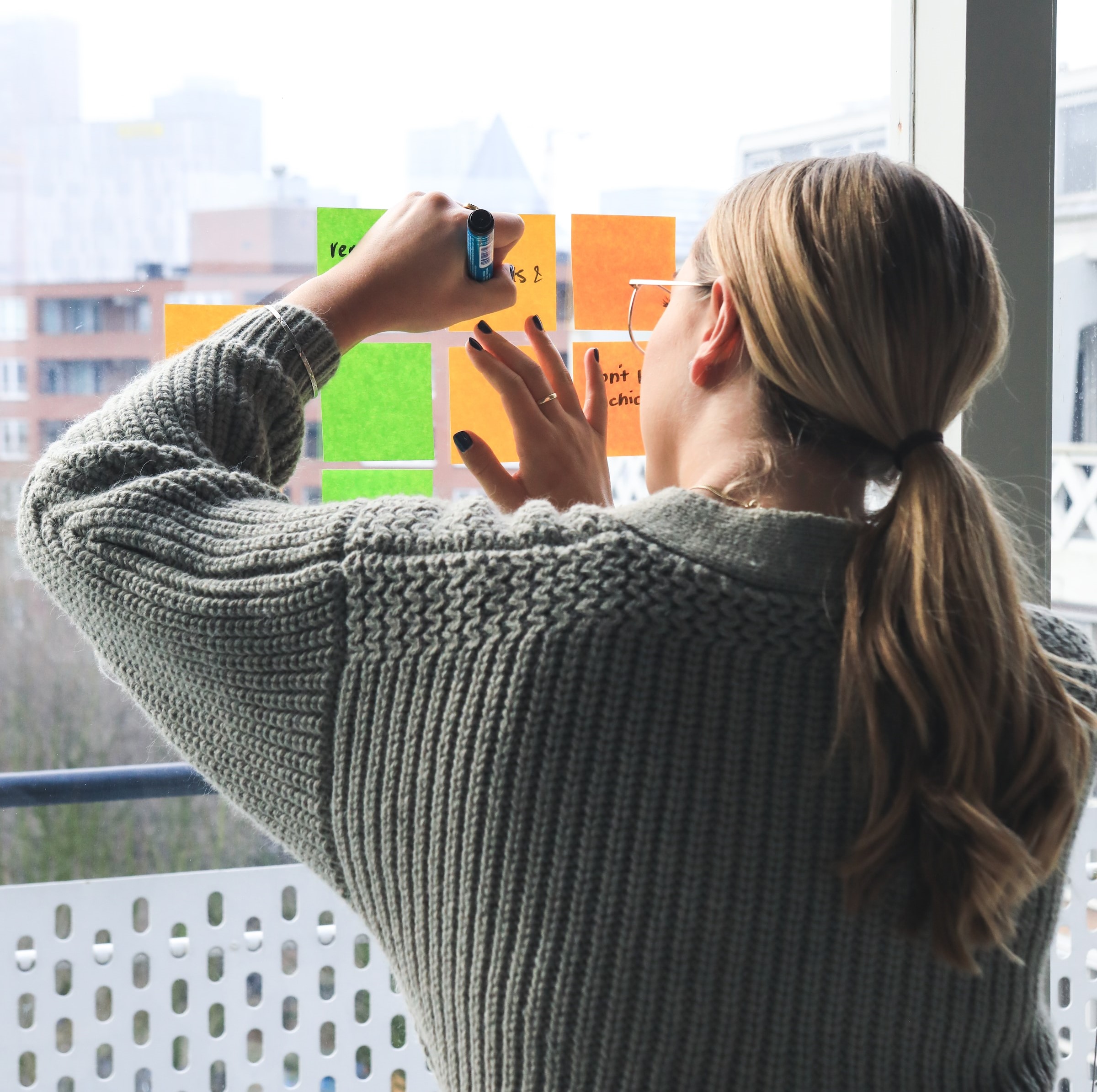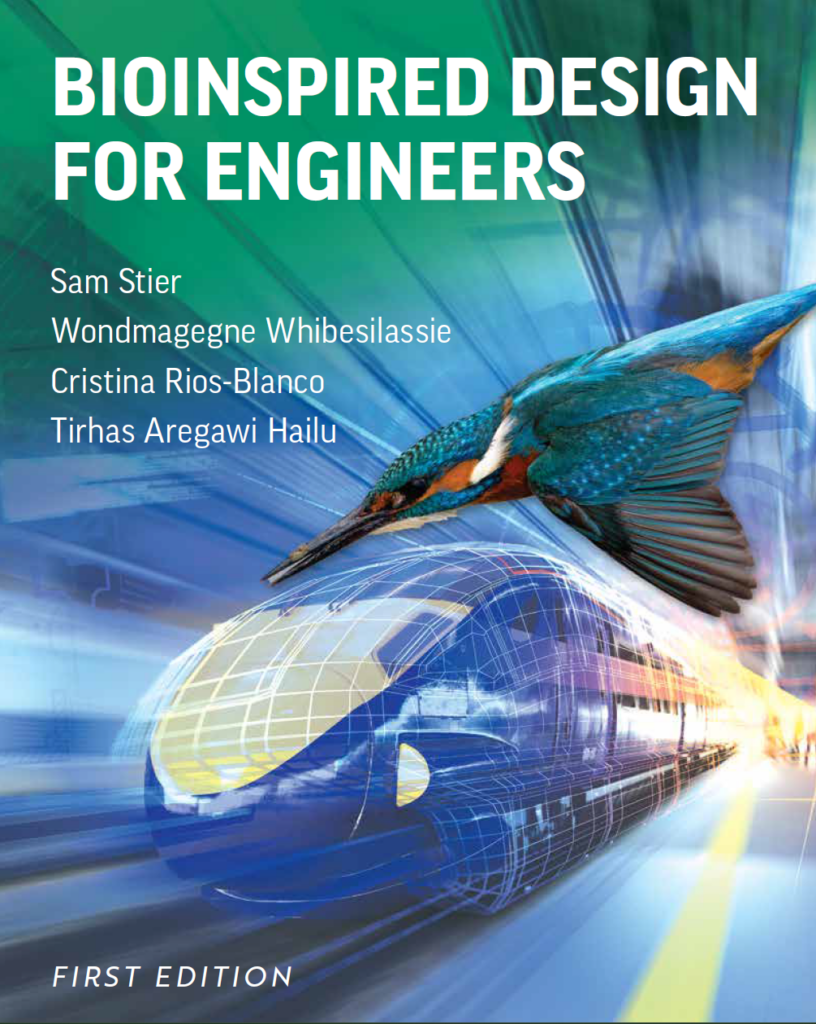Innovation inspired by Nature, with its focus on sustainability, unique avenue towards innovation, inherent appreciation of Nature, and highly engaging content, is a useful and vitally important part of the modern education of university students, in departments ranging across engineering, biology, education, sociology, economics, business, architecture, design, and environmental studies.
From training faculty to developing curricula and writing textbooks, The Center for Learning with Nature has helped integrate Nature-inspired innovation into university level education a number of different ways. To learn more, read on:

- Faculty Professional Development
Many universities and faculty are interested in integrating bioinspiration into their curricula and teaching practices, but need intellectual support to help make this happen. The Center for Learning with Nature’s director Sam Stier has provided professional development on bioinspiration to faculty members at engineering colleges (e.g., Whitacre College of Engineering at Texas Tech University), design colleges (e.g., Otis College of Art and Design), and education colleges (e.g., University of Kentucky).
Along with colleagues at the University of Louisiana, Georgia Tech, Villanova, and others, The Center for Learning with Nature is currently leading an effort to reach more faculty teaching biology to undergraduates (in biology and education departments). In general, biology professors are underrepresented in bioinspired research. Meanwhile, bioinspired innovation has potential to improve biology education in numerous ways, from engaging student interest, helping students better appreciate the modern relevance of biology, and demonstrating the interdisciplinary nature of biology. Our current initiative to reach biology faculty, “Integrating Bio-inspired Innovation Into Life Science Education Through Interdisciplinary Communities of Practice”, is funded by the National Science Foundation. This project has identified challenges to integrating bioinspiration into undergraduate biology education as well as opportunities for improving diversity, equity and inclusion through the integration of bioinspiration into undergraduate biology education. The project has also identified best pedagogical practices for integrating bioinspiration into undergraduate biology education. Finally, the project has put together a curated list of educational resources to assist professors in integrating bioinspiration into undergraduate biology education. Uniquely, this project includes a focus on education college faculty teaching undergrads life science education for K-12 settings, an important leverage point for influencing culture at large and a pipeline of future STEM undergrads more specifically.
- University course and materials development
In recognition of the importance of bioinspired innovation to modern technological development, colleges and universities across the United States and around the world increasingly include bioinspiration in their educational offerings, from Harvard’s Wyss Institute of Biologically Inspired Engineering, CalTech’s Center for Bioinspired Engineering, Georgia Tech’s Center for Biologically Inspired Design, and the Imperial College of London’s Centre for Bio-inspired Technology. Many universities and faculty are interested in integrating bioinspiration into their curricula and teaching practices, but need course development and educational resources to help make this happen. The Center for Learning with Nature’s director Sam Stier has developed courses on bioinspired innovation for Otis College and the Whitacre College of Engineering at Texas Tech University (TTU). The course at TTU is now required for all engineering undergrads, some 2000 students per year, is taught all year long, and has about 12 sections and 4-5 instructors.
With a strong emphasis on sustainability, the course at TTU covers a wide range of topics in bioinspiration, including bioinspired materials, structures, automation, energy, health, systems, computing, and infrastructure. The course is also comprised of labs, hands-on activities, lectures, and textbook readings.

The new textbook designed for Texas Tech University’s course on bioinspired design at the Whitacre College of Engineering covers a wide range of engineering subdisciplines, including computer science, mechanical engineering, materials, structures, health, industrial and civil engineering




